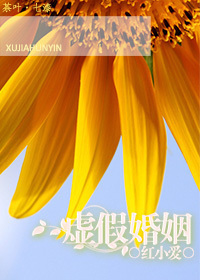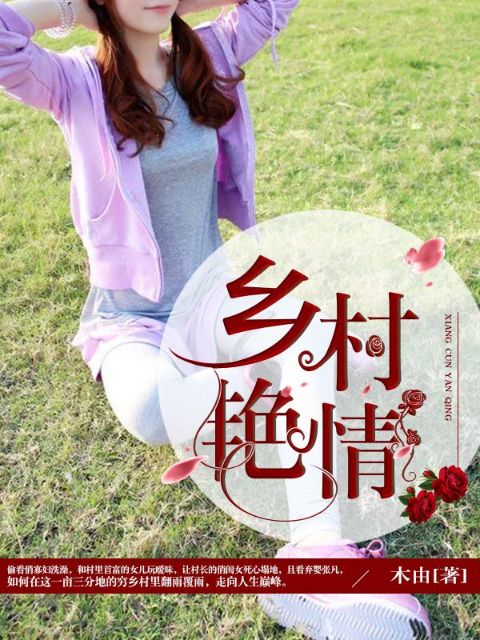
Blue is the warmest color, which is a French romance film directed by Abdellatif Kechiche. The film tells the story of a passionate love affair between two young women, Adèle and Emma. As their relationship unfolds, they navigate the complexities of love, desire, and identity.The film is known for its raw and intimate portrayal of the characters' emotions, as well as its explicit and unflinching depiction of sexuality. The performances of the two lead actresses, Léa Seydoux and Adèle Exarchopoulos, have been widely praised for their depth and authenticity.One of the most striking aspects of the film is its use of color. The title, "Blue is the warmest color," refers to the theme of love and passion as symbolized by the color blue. Throughout the film, blue motifs are used to represent different emotions and moods, with varying shades of blue reflecting the characters' evolving relationship.The cinematography in the film is also noteworthy, with long, unbroken takes that immerse the viewers in the characters' world. The director's use of close-ups and handheld camera work creates a sense of intimacy and immediacy, making the audience feel as if they are right there with Adèle and Emma as they navigate the highs and lows of their relationship.Despite its critical acclaim and numerous awards, "Blue is the warmest color" has also faced controversy. Some critics have raised concerns about the film's explicit sex scenes, questioning whether they are necessary or exploitative. Others have criticized the portrayal of same-sex relationships, arguing that it reinforces stereotypes and clichés.Regardless of the controversy, "Blue is the warmest color" remains a powerful and emotionally resonant film that explores the complexities of love and desire. Its honest and unflinching depiction of relationships, coupled with its bold use of color and cinematography, make it a compelling and thought-provoking work of art. Whether you love it or hate it, there is no denying the impact that "Blue is the warmest color" has had on cinema and its continued legacy as a landmark film in LGBTQ+ cinema.











